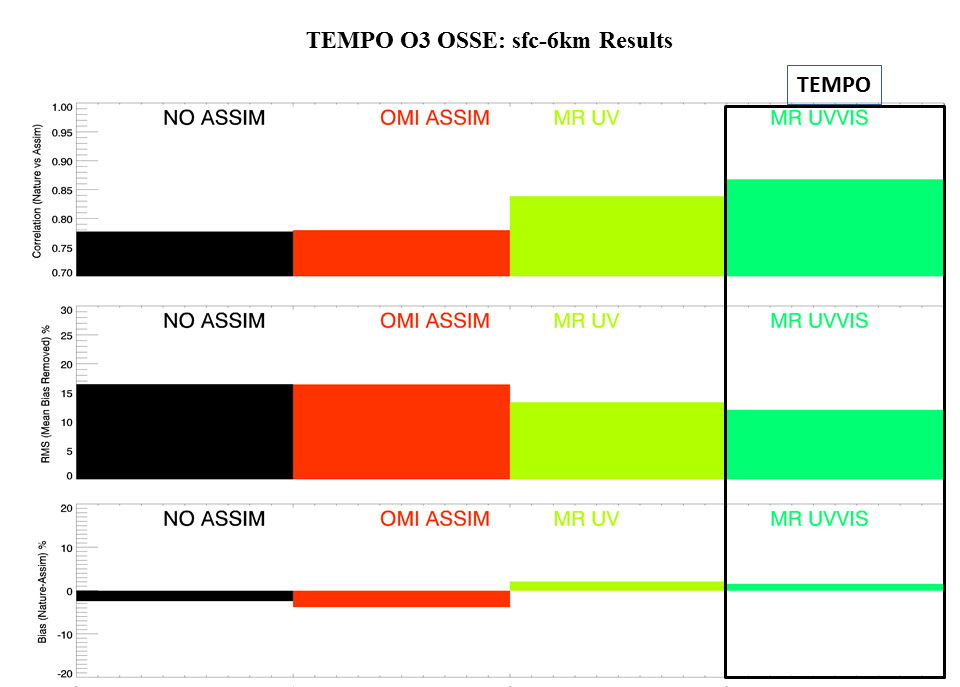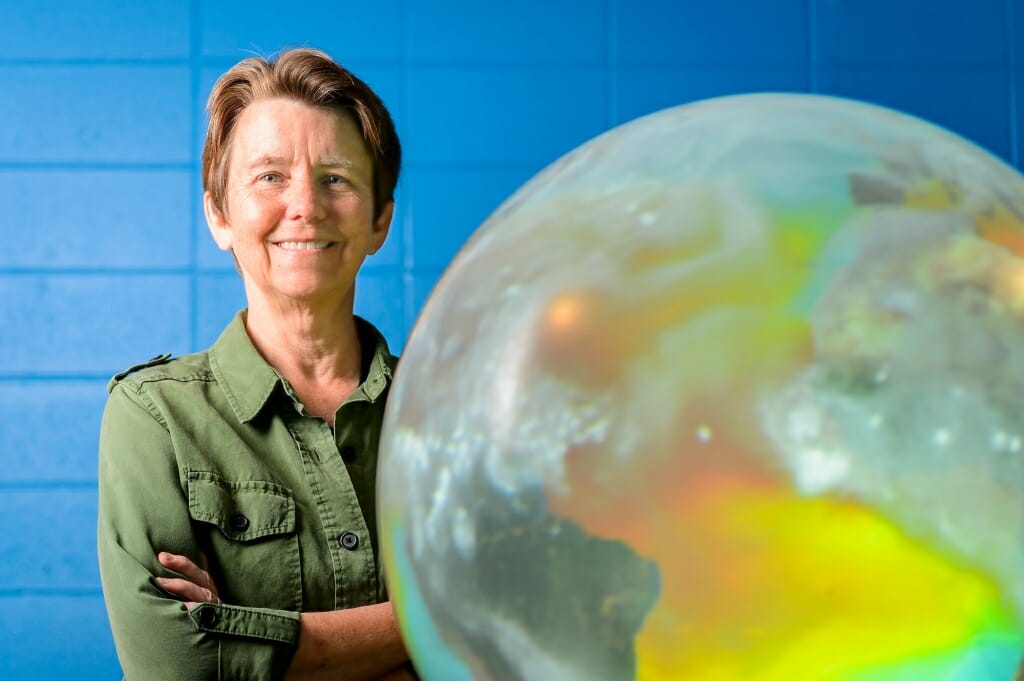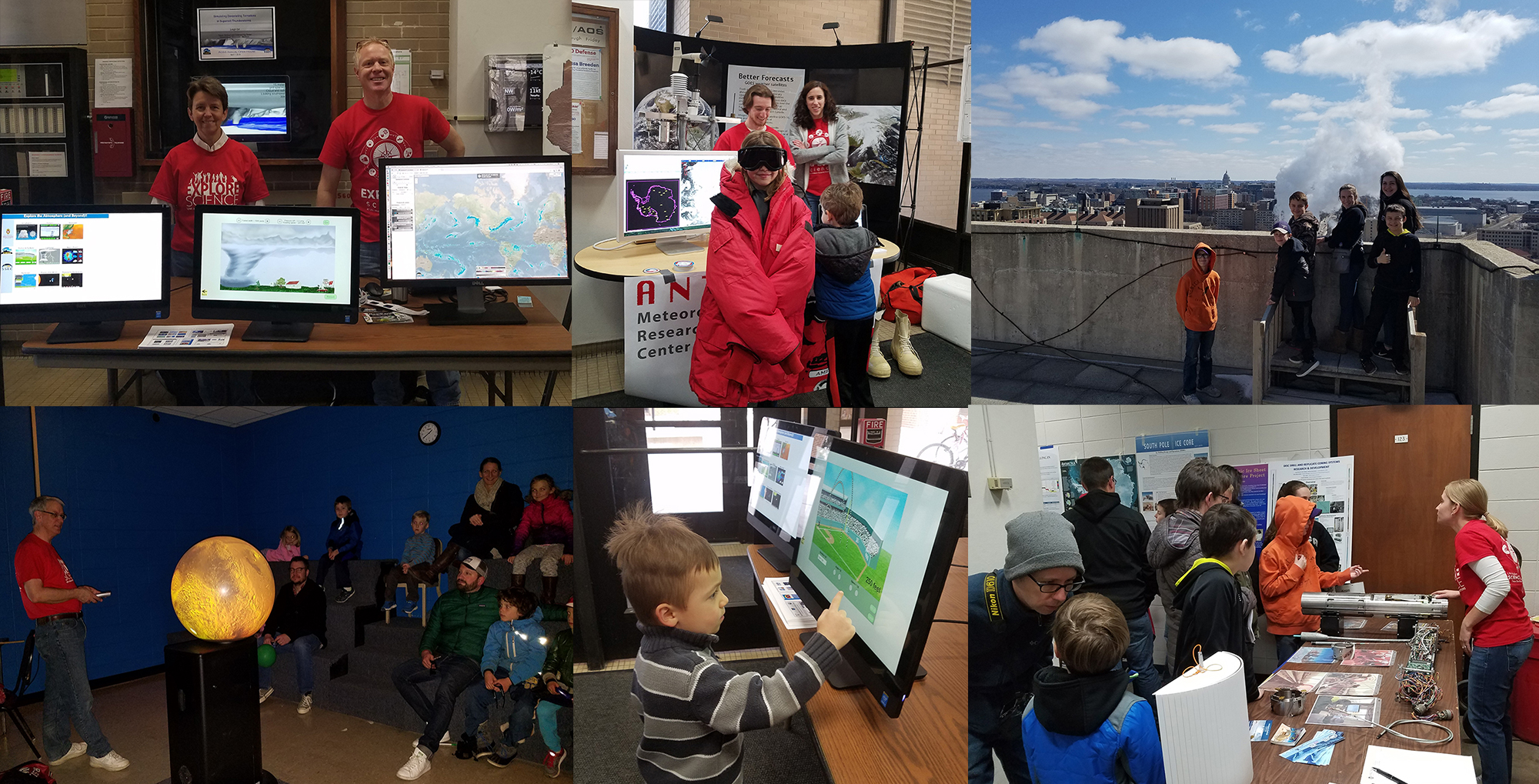
[ Archive ]

 |
CIMSS-NOAA Weekly Report [ Archive ] |
 |
ASPB AND CIMSS WEEKLY HIGHLIGHTS FOR THE WEEK ENDING APRIL 13, 2018
IN THE PRESS:
SSEC and CIMSS Scientists in the News: Scientists at the University of Wisconsin-Madison (UW) Space Science and Engineering Center (SSEC) and the Cooperative Institute for Meteorological Satellite Studies (CIMSS) provide expert commentary, interviews, and imagery to news media. In the news this week: 1) A new study led by SSEC scientist Claire Pettersen describes cloud characteristics and snowfall patterns that could help answer important questions about the Greenland Ice Sheet, and lead to better understanding of changes in sea level rise (https://news.wisc.edu/snowfall-patterns-may-provide-clues-to-greenland-ice-sheet/; http://www.ssec.wisc.edu/news/articles/10677) 2) SSEC scientist Sanjay Limaye published a paper in the journal Astrobiology, laying out a case for the atmosphere of Venus as a possible niche for extraterrestrial microbial life (http://www.ssec.wisc.edu/news/articles/10644); 3) NOAA ASPB scientist Mike Pavolonis (ProbSevere), and CIMSS researchers Sarah Griffin (tropical cyclones) and Jordan Gerth (aviation turbulence) were interviewed by Luke Sampe of WFRV-TV Green Bay. Sampe had seen SSEC's article, Severe Weather 2018, prompting his visit to SSEC (http://www.ssec.wisc.edu/news/articles/10616). The segment will air on Friday, 13 April 2018 at 6:30pmCDT. 4) Margaret Mooney, Director of the CIMSS Office of Education and Public Outreach, received the university’s 2018 Robert and Carroll Heideman Award for Excellence in Public Service and Outreach. She is one of nine academic staff selected to receive excellence awards this spring and was recognized on April 10 by UW Chancellor Rebecca Blank (http://www.ssec.wisc.edu/news/articles/10709). (J. Phillips, SSEC, 608-262-8164)
ITEMS FOR THE ADMINISTRATOR:
ITEMS FOR THE ASSISTANT ADMINISTRATOR:
ITEMS FOR THE OFFICE DIRECTOR, STAR:
Western U.S. TEMPO Early Adopters Workshop: Brad Pierce attended the Western U.S. TEMPO Early Adopters Workshop hosted by the Western States Air Resources Council (WESTAR) in Fort Collins, CO, April 10-11, 2018. The objective of the workshop was to review and discuss Tropospheric Emissions: Monitoring of Pollution (TEMPO) capabilities for air quality assessment, analysis, & planning needs with technical staff from state, tribal, local, and federal air quality management agencies in the western US. He presented a summary of NOAA operational and research capabilities for forecasting ozone within stratospheric intrusions and results of Chemical Observation System Simulation Experiments (OSSE) demonstrating how TEMPO ozone retrievals could improve these forecasts.
 (Click image to enlarge)
(Click image to enlarge)
Figure caption: Correlation (upper panel), rms error (%, middle panel), and bias (%, lower panel) between continental US surface-6km averaged nature (truth) and forecasted ozone mixing ratios during a July 2011 O3 OSSE for control (NO ASSIM, black), Ozone Monitoring Instrument (OMI) low earth orbit ultra-violet (UV) assimilation (OMI ASSIM, red), TEMPO geostationary (UV only, light green), and UV-Visible (UVVIS, dark green) experiments. OSSE shows that assimilation of of OMI synthetic column ozone retrievals has very little impact on Sfc-6km ozone except for increase in bias. TEMPO results show systematic and significant increase in correlations and reductions in rms errors and biases when UV, and UVVIS retrievals are assimilated, respectively.
Ice Product Demonstration for Alaska Sea Ice Program: The VIIRS Cryosphere Team has begun a two-week, near-real-time demonstration of VIIRS ice products for the Alaska Sea Ice Program (ASIP, NWS). Enterprise ice products are being generated with VIIRS data from the University of Alaska-Fairbanks direct broadcast system, provided by the Geographic Information Network of Alaska (GINA). The data are processed at the Cooperative Institute for Meteorological Satellite Studies (CIMSS), converted to GEOTIFF format, and sent to GINA. GINA then posts plots of the data and links to the data files on a website, which will be used by the ASIP ice analysts in their day-to-day work. ASIP will provide feedback on the products at the end of the demonstration period. The ice products include ice concentration, ice thickness, ice surface temperature, and ice motion. The first three are NESDIS operational products. Ice motion, which is a blended AMSR2-VIIRS product, is experimental. In support of the demonstration, four product “quick guides” were developed. These are two-page overviews of each product, including a description of the product and algorithm, examples, advantages and limitations, links to further information, and points of contact. The quick guides are available at http://stratus.ssec.wisc.edu/jpss/ak-demo2018/. (J. Key, E/RA2, 608-263-2605, jeff.key@noaa.gov)
Margaret Mooney is Recipient of UW 2018 Academic Staff Excellence Award: Nine University of Wisconsin–Madison employees are recipients of the 2018 Academic Staff Excellence Awards. The awards recognize achievements in leadership, public service, research, teaching and overall excellence by members of the academic staff. “They are critical thinkers and creative problem solvers who see limitless opportunities for collaboration, innovation and advancement of the university’s mission,” says Chancellor Rebecca Blank. Margaret Mooney, Director of Education and Public Engagement, Cooperative Institute for Meteorological Satellite Studies/Space Science and Engineering Center (CIMSS/SSEC), won the Robert and Carroll Heideman Award for Excellence in Public Service and Outreach. Mooney proposed and led the creation of lesson plans for middle and high schools nationwide, and co-developed and co-taught an online course on climate change. Additionally, she modernized a summer science camp for high school students, and guided thousands of Wisconsin schoolchildren on educational tours of SSEC. (J. Key, E/RA2, 608-263-2605, jeff.key@noaa.gov)
 (Click image to enlarge)
(Click image to enlarge)
Figure caption: Margaret Mooney.
ITEMS FOR THE DIVISION CHIEF, CoRP:
NOAA/CIMSS ProbSevere All Hazards on CIMSS Satellite Blog: Cooperative Institute for Meteorological Satellite Studies (CIMSS) scientists documented the evolution of the NOAA/CIMSS ProbSevere All Hazards product (available online at http://cimss.ssec.wisc.edu/severe_conv/probsevtest.html) for a pair of tornadoes in south Florida on 10 April 2018 (http://cimss.ssec.wisc.edu/goes/blog/archives/27731). (Scott Bachmeier, CIMSS, scott.bachmeier@ssec.wisc.edu; Scott Lindstrom, CIMSS, 608-263-4425, scott.lindstrom@ssec.wisc.edu)
Science Expeditions Open House: Several researchers from the Cooperative Institute for Meteorological Satellite Studies (CIMSS) and the Space Science and Engineering Center (SSEC) welcomed the public at a building-wide open house as part of the University of Wisconsin-Madison Science Expeditions (http://www.ssec.wisc.edu/education/science-expeditions/) on Saturday April 3, 2018. Over 300 visitors, mostly families plus a few science clubs such as 4H, learned about satellite remote sensing and other weather and climate activities underway at CIMSS and SSEC. (M. Mooney, CIMSS, 608-265-2123, S. Batzli, SSEC, R. Kohrs, SSEC, Dave Stettner, CIMSS)
 (Click image to enlarge)
(Click image to enlarge)
Figure caption: More pictures at go.wisc.edu/o056eb.
VISITORS:
NEXT WEEK:
LOOKING AHEAD:
| Archived Weeklies Page | Submit a report item |